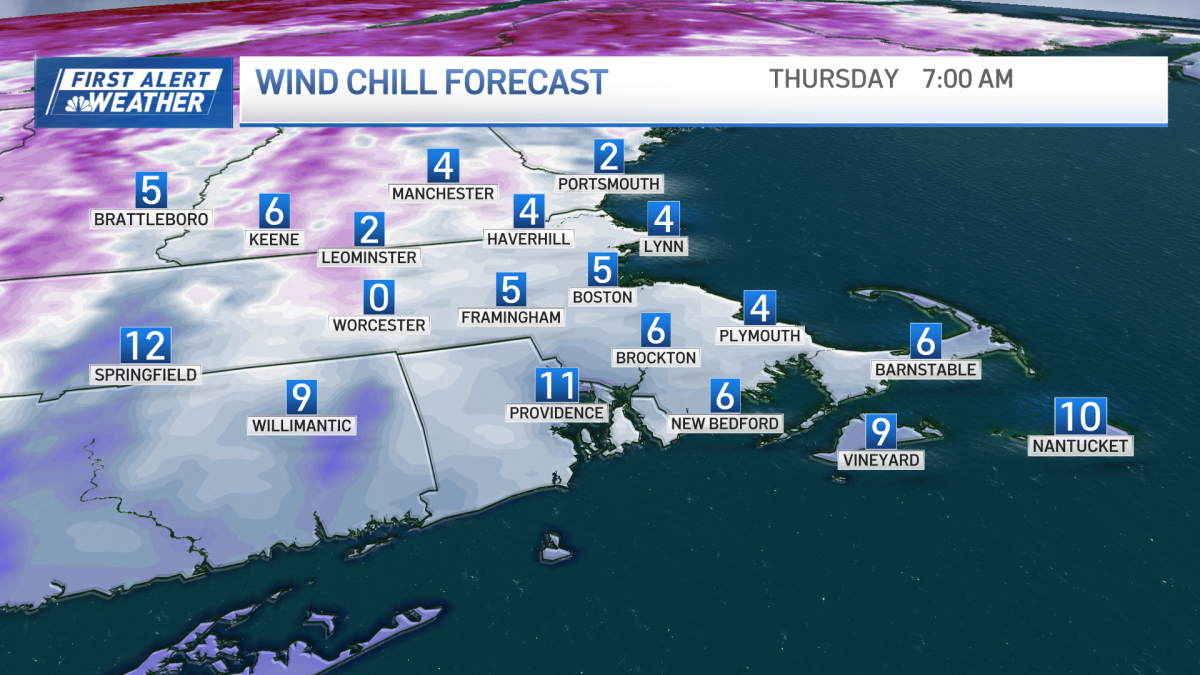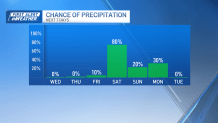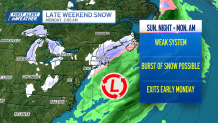Boston, MA
Here are the ugly numbers on Boston housing ‘affordability’ – The Boston Globe

The pandemic, and the government’s fiscal response, ignited inflation, forcing the Federal Reserve to raise interest rates to levels last seen in 2000.
And the pandemic broke the home-buying market, which saw prices soar as city dwellers fled to the suburbs, then settled into gridlock as the sharp rise in mortgage rates pushed would-be buyers and sellers to the sidelines.
(As I explained on Monday, apartment rents also surged, though they’ve begun to moderate in many cities — Boston being a notable exception — as demand eases and new supply comes online.)
So how bad is it out there for prospective homebuyers?
The Federal Reserve Bank of Atlanta has an index that tracks homeownership affordability on the national, metro, and county levels. The index is based on the percentage of median household income needed to cover monthly mortgage payments. The numbers aren’t pretty.
Affordability goes beyond the price of a house or condo. For anyone needing a mortgage, interest rates are the big driver of monthly outlays. And the bottom line — whether buyers can reasonably swing the monthly nut — hinges on their income.
Consider this example: In the Boston metropolitan statistical area (which stretches from the South Shore to the eastern edge of Lake Winnipesaukee in New Hampshire), the median home price was $580,000 in May, up slightly from the same month a year earlier, according to the Atlanta Fed’s most recent data. (The median price is the point at which half the homes sold for more and half sold for less.)
But with the average rate on a 30-year fixed mortgage rising to 6.8 percent from 5.1 percent during that period, the median monthly payment (including homeowners insurance, real estate taxes, and private mortgage insurance) climbed 7.3 percent to more than $4,290. That payment equaled 47 percent of the region’s estimated median income in May — well above the 30 percent standard for affordability used by the Department of Housing and Housing and Urban Development.
The share of income required to cover the median home in the region averaged 33 percent from 2014 to 2019. Since the start of 2022, the average has jumped to 43 percent. Here are some other nuggets from the Atlanta Fed index.
- Boston was the 17th least affordable metro in the country in May. Excluding nine off-the-chart California metros and always pricey Honolulu, we ranked seventh.
- Within the Boston region, Essex County was the least affordable, at nearly 49 percent of median income in April, the most recent month for which county data are available. Plymouth County was the most affordable, at 40 percent.
- Providence’s affordability is almost as bad as Boston’s. While the median home price is 25 percent less in Little Rhody, so is the median income.
- In the top-ranked San Francisco-Oakland-Hayward area, buyers needed 83 percent (not a typo!) of the median income to buy the median-priced home. In the South Florida corridor of Miami-Fort Lauderdale-West Palm Beach, it was 54 percent.
- The most affordable metros in the country: Akron, Ohio, Scranton, Pa., and Des Moines, Iowa, which are all bunched around 27 percent of median income.
With a 30-year fixed-rate mortgage running at 7 percent — compared with 3 percent before COVID hit — the obvious question is when will the Federal Reserve start lowering interest rates. In their most recent forecasts, Fed officials signaled that they could begin easing borrowing costs next year.
When next year? Timing depends on the progress made in getting inflation back to the Fed’s 2 percent target.
Thursday’s inflation news was encouraging. The Labor Department reported that the “core” consumer price index, which excludes volatile food and energy prices, rose at an average annualized rate of 3.1 percent over the past three months. While that’s higher than the Fed wants, it’s less than half the rate a year earlier.
Private forecasters expect the central bank’s benchmark lending rate, known as the federal funds rate, to decline to about 4 percent by the end of 2024 from the range of 5.25 to 5.5 percent today, according to Bloomberg. But here’s the thing: Their estimates factor in an economic slump, which would also prompt the Fed to loosen credit.
The consensus forecast is that economic growth will slow to just 0.6 percent by the end of next year from 2.1 percent in 2022. The jobless rate, meanwhile, would rise to 4.5 percent from 3.5 percent last month.
So, yes, buying a home should get more affordable. Unless you’re among the hundreds of thousands of Americans who might lose their jobs.
Larry Edelman can be reached at larry.edelman@globe.com. Follow him @GlobeNewsEd.

Boston, MA
Constantine Manos, photographer for landmark ‘Where’s Boston?’ exhibit, dies at 90 – The Boston Globe

Among Mr. Manos’s books were “A Greek Portfolio” (1972; updated 1999), “Bostonians” (1975), “American Color” 1995) and ”American Color 2″ (2010). Mr. Manos’s work with color was notably expressive and influential.
“Color was a four-letter word in art photography,” the photographer Lou Jones, who worked with Mr. Manos on “Where’s Boston?,” said in a telephone interview. “But he was making wonderful, complex photographs with color, and that meant so much.”
Yet for all his formal skill, Mr. Manos always emphasized the human element in his work. “I am a people photographer and have always been interested in people,” he once said.
That interest extended beyond the photographs he took. He was a celebrated teacher. Among the students he taught in his photo workshops was Stella Johnson.
“He’d go through a hundred of my photographs,” she said in a telephone interview, “and maybe he’d like two. ‘No, no, no, no, yes, no.’ Costa really taught me how to see. I remember him looking at one picture and saying, “You were standing in the wrong spot.’ Something like that was invaluable to me as a young photographer.
“He was a very, very kind man, very generous. But he was very strict. ‘How could you do that?’ He was adored by his students and by his friends, absolutely. We were all lucky to have been in his orbit.”

Mr. Manos, who moved to Provincetown in 2008, lived in the South End for four decades. The South Carolina native’s association with the Boston area began when the Boston Symphony Orchestra hired him as a photographer at Tanglewood. He was 19. This led to Mr. Manos’s first book, “Portrait of a Symphony” (1961; updated 2000).
Constantine Manos was born in Columbia, S.C., on Oct. 12, 1934. His parents, Dimitri and Aphrodite (Vaporiotou) Manos, were Greek immigrants. They ran a café in the city’s Black section. That experience gave Mr. Manos a sympathy for marginalized people that would stay with him throughout his life. As a student at the University of South Carolina, he wrote editorials in the school paper opposing segregation. Later, he would do extensive work chronicling the LGBTQ+ community with his camera.
Mr. Manos became interested in photography at 13, joining the school camera club and building a darkroom in his parents’ basement. After graduating from college, Mr. Manos did two years of Army service in Germany, working as a photographer for Stars and Stripes. He joined Magnum in 1963. This had special meaning for him. Mr. Manos’s chief inspiration as a young photographer had been Henri Cartier-Bresson, one of Magnum’s founders. He was such an admirer he made a point of using the same equipment that Cartier-Bresson did.
That same year, Mr. Manos entered a seafood restaurant in Rome that was around the corner from the Pantheon. Prodanou, his future husband, was dining with friends. Noticing Mr. Manos, he gestured to him. “Would you join us for coffee?” The couple spent the next 61 years together, marrying in 2011.

Mr. Manos lived in Greece for three years, which led to “A Greek Portfolio.” He undertook a very different project in the Athens of America. Part of the city’s Bicentennial tribute, “Where’s Boston?” was a slice-of-many-lives view of contemporary Boston.
Located in a red-white-and-blue striped pavilion at the Prudential Center, it became a local sensation. The installation involved 42 computerized projectors and 3,097 color slides (most of them taken by Mr. Manos), shown on eight 10 feet by 10 feet screens. Outside the pavilion was a set of murals, consisting of 152 black-and-white photographs of Boston scenes, all shot by Mr. Manos.
“The most important thing I had to do was to keep my picture ideas simple,” he said in a 1975 Globe interview. “Viewers are treated to a veritable avalanche of color slides in exactly one hour’s time.”
In that same interview, he made an observation about his work generally. “I prefer to stay in close to my subjects. I let them see me and my camera and when they become bored they forget about me and then I get my best pictures.”
Among institutions that own Mr. Manos’s photographs are the Museum of Fine Arts; the Museum of Modern Art, New York; the Art Institute of Chicago; the High Museum of Art, Atlanta; the Library of Congress; and the Bibliothèque Nationale, Paris.
In addition to his husband, Mr. Manos leaves a sister, Irene Constantinides, of Atlanta, and a brother, Theofanis Manos, of Greenville, S.C.
A memorial service will be held later this year.
Mark Feeney can be reached at mark.feeney@globe.com.
Boston, MA
Below freezing temperatures again today

The winds are still going Wednesday, but the air temperatures remain at respectable levels. Highs will manage to weasel up to 30 in most spots. It’s too bad we’re not going to feel them at face value. Instead, we’re dressing for temps in the teens all day today.
Thursday and Friday are the picks of the week.
There will be a lot less wind, reasonable winter temperatures in the 30s and a decent amount of sun. We’ll be quiet into the weekend, as our next weather system approaches.
With mild air expected to come north on southerly winds, highs will bounce back to the low and mid-40s both days of the weekend.
Showers will be delayed until late day/evening on Saturday and into the night. There may be a few early on Sunday too, but the focus on that day will be to bring in the cold.
Highs will briefly sneak into the 40s, then fall late day.

We’ll also watch a batch of snow late Sunday night as it moves up the Eastern Seaboard.
Right now, there is a potential for some accumulation as it moves overhead Sunday night and early Monday morning.
It appears to be a weak, speedy system, so we’re not expecting it to pull any punches.

Enjoy the quieter spell of weather!
Boston, MA
Boston City Councilor will introduce

BOSTON – It could cost you more to get a soda soon. The Boston City Council is proposing a tax on sugary drinks, saying the money on unhealthy beverages can be put to good use.
A benefit for public health?
“I’ve heard from a lot of residents in my district who are supportive of a tax on sugary beverages, but they want to make sure that these funds are used for public health,” said City Councilor Sharon Durkan, who is introducing the “Sugar Tax,” modeled on Philadelphia and Seattle. She said it’s a great way to introduce and fund health initiatives and slowly improve public health.
A study from Boston University found that cities that implemented a tax on sugary drinks saw a 33% decrease in sales.
“What it does is it creates an environment where we are discouraging the use of something that we know, over time, causes cancer, causes diet-related diseases, causes obesity and other diet-related illnesses,” she said.
Soda drinkers say no to “Sugar Tax”
Soda drinkers don’t see the benefit.
Delaney Doidge stopped by the store to get a mid-day pick-me-up on Tuesday.
“I wasn’t planning on getting anything, but we needed toilet paper, and I wanted a Diet Coke, so I got a Diet Coke,” she said, adding that a tax on sugary drinks is an overreach, forcing her to ask: What’s next?
“Then we’d have to tax everything else that brings people enjoyment,” Doidge said. “If somebody wants a sweet treat, they deserve it, no tax.”
Store owners said they’re worried about how an additional tax would impact their businesses.
Durkan plans to bring the tax idea before the City Council on Wednesday to start the conversation about what rates would look like.
Massachusetts considered a similar tax in 2017.
-
/cdn.vox-cdn.com/uploads/chorus_asset/file/25822586/STK169_ZUCKERBERG_MAGA_STKS491_CVIRGINIA_A.jpg)
/cdn.vox-cdn.com/uploads/chorus_asset/file/25822586/STK169_ZUCKERBERG_MAGA_STKS491_CVIRGINIA_A.jpg) Technology7 days ago
Technology7 days agoMeta is highlighting a splintering global approach to online speech
-

 Science4 days ago
Science4 days agoMetro will offer free rides in L.A. through Sunday due to fires
-
/cdn.vox-cdn.com/uploads/chorus_asset/file/25821992/videoframe_720397.png)
/cdn.vox-cdn.com/uploads/chorus_asset/file/25821992/videoframe_720397.png) Technology1 week ago
Technology1 week agoLas Vegas police release ChatGPT logs from the suspect in the Cybertruck explosion
-

 Movie Reviews1 week ago
Movie Reviews1 week ago‘How to Make Millions Before Grandma Dies’ Review: Thai Oscar Entry Is a Disarmingly Sentimental Tear-Jerker
-

 Health1 week ago
Health1 week agoMichael J. Fox honored with Presidential Medal of Freedom for Parkinson’s research efforts
-

 Movie Reviews1 week ago
Movie Reviews1 week agoMovie Review: Millennials try to buy-in or opt-out of the “American Meltdown”
-

 News1 week ago
News1 week agoPhotos: Pacific Palisades Wildfire Engulfs Homes in an L.A. Neighborhood
-

 World1 week ago
World1 week agoTrial Starts for Nicolas Sarkozy in Libya Election Case
















